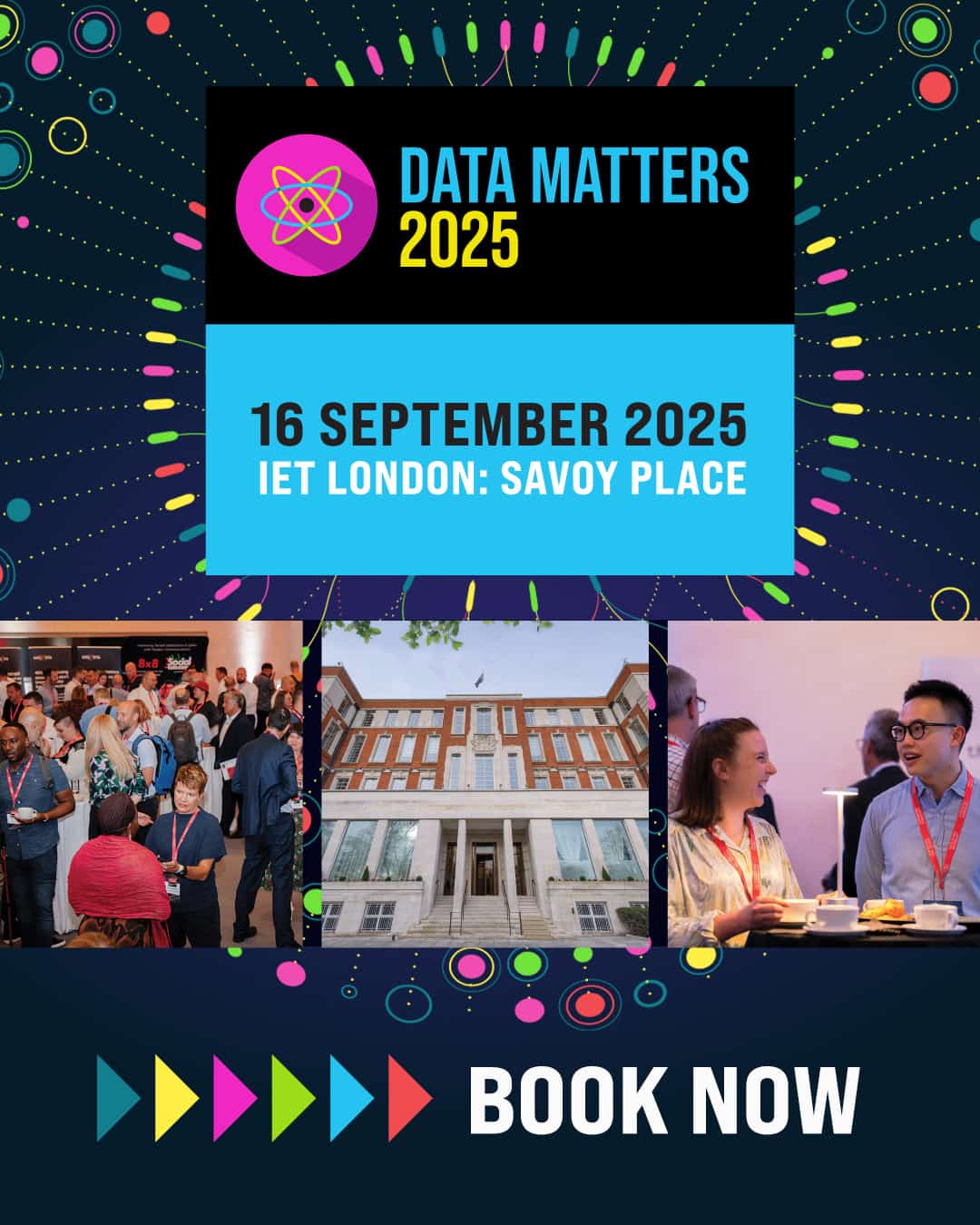As many of you will know, Housing Technology is in the middle of producing its pioneering report and event at the BT Tower on the use of the internet of things in the social housing sector. An online survey on attitudes to IoT is at the heart of the report; the online survey was launched around a week before this issue of Housing Technology went to press.
While the full Internet of Things in Housing 2017 report will be published in early November, kindly sponsored by BT, Capita, Civica and RHP, we thought it would be interesting to have a quick preview of the first survey results.
- IoT device deployment is low at the moment (av. 50 devices per housing provider), but the immediate expectations are for 100-1,000 devices to be deployed per housing provider, with emphasis on the higher end of the spectrum.
- The main barriers to entry and objections to deploying IoT devices and adopting IoT projects are cost and resources, uncertainty about the technology (too new, unproven, etc), integration with existing software, and the current lack of widespread IoT standards.
- The main focus areas for IoT devices and their data integration are housing management, asset management, repairs and maintenance, and building (new developments).
- Over 80 per cent of housing providers have specific concerns around IoT and its potential impact on data privacy, security and liability.
- The common IoT devices deployed so far are boiler sensors and temperature/humidity sensors.
- Housing providers are, in general, not involving tenants in their IoT planning at the moment; perhaps, not surprisingly given the current small numbers of IoT devices deployed.
- Most planned IoT implementations are scheduled for within the next 6-18 months, alongside over half of housing providers already having a defined IoT strategy, although IoT features in only one-third of their data management strategies.
- Utility providers, contractors/DLOs and local authorities are cited as being the most important external agencies with which housing providers plan to integrate their IoT projects.
- Most housing providers plan to use cloud-based services to store their IoT-derived data in preference to in-house servers.
- The push for IoT is mostly coming from housing providers’ IT departments, as opposed their business teams.
- The property priorities for IoT planning are, in descending order new builds, existing housing stock (retrofit) and commercial premises.
If you haven’t already taken part in our IoT survey, there’s still time, and in return for spending five minutes completing the survey, you will be sent a complimentary copy of the final report in November, comprising our detailed analysis of responses from hundreds of housing providers, as well as articles, advice and resources around IoT in the social housing sector.
Please complete the survey now at: www.surveymonkey.co.uk/r/housingtechnology_IoT.


